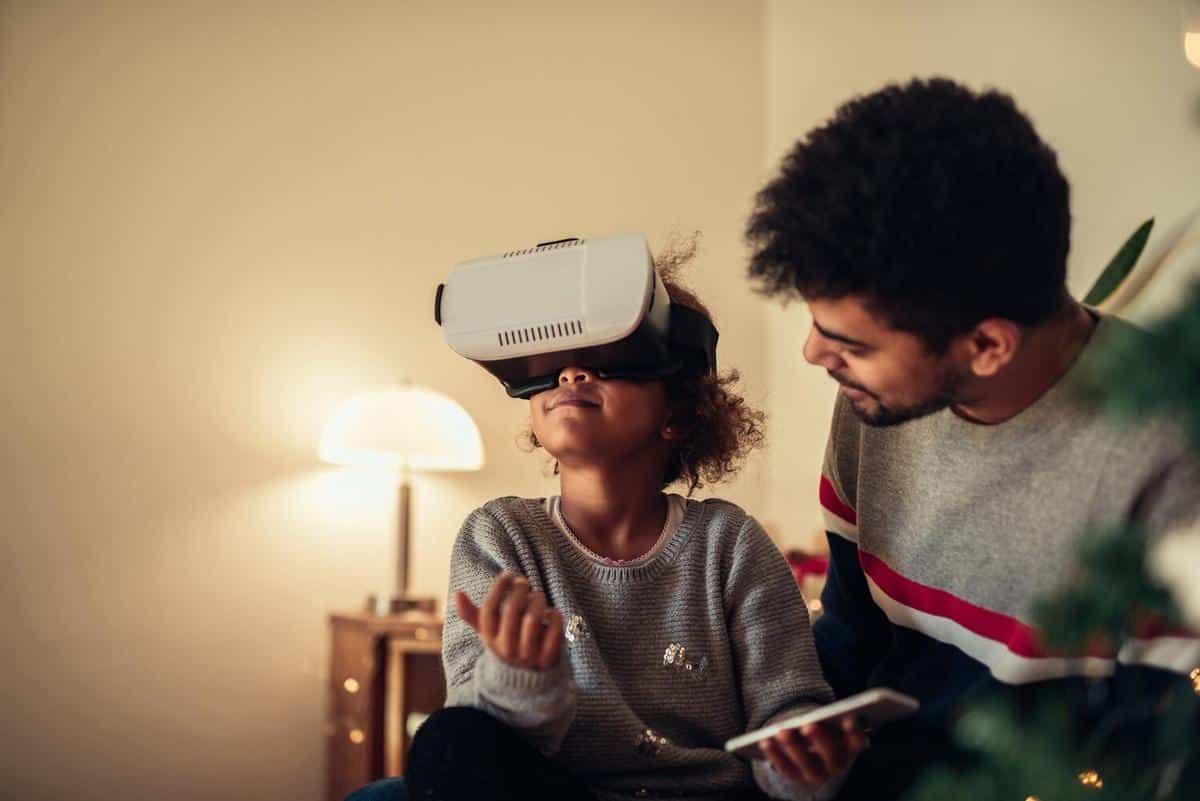
Virtual Reality as a Tool for Immersive Storytelling in Media
Virtual reality (VR) is revolutionizing the way stories are told, offering audiences an immersive experience that traditional media cannot match. By placing users directly into the narrative, VR transforms passive viewers into active participants, creating a deeper connection to the story.
Virtual Reality: A New Dimension in Storytelling
Virtual reality is reshaping the landscape of storytelling by providing a platform where stories can unfold in a 360-degree environment. This immersive medium allows storytellers to engage their audience in unprecedented ways. A study by PwC reveals that immersive content can be more emotionally engaging, leading to better retention and understanding compared to traditional formats.
Expert Insights on VR Storytelling
Industry leaders like Chris Milk, a renowned director and VR pioneer, emphasize VR’s potential to create empathy through immersive experiences. ‘VR is a way to experience anything, anywhere, anytime,’ he notes, highlighting its transformative power in storytelling.
The Impact of Immersive Storytelling
- Deep Engagement: VR enables users to explore stories in a way that feels personal and interactive.
- Emotional Connection: The immersive nature of VR can evoke strong emotional responses, enhancing the storytelling experience.
- Educational Value: VR can make complex subjects more accessible and engaging.
Personal Experiences in VR
Consider the experience of Alex, a filmmaker who used VR to create a documentary about climate change. By immersing viewers in the environments affected by climate change, Alex was able to convey the urgency and impact of the issue more effectively than with traditional media.
Actionable Tips for Storytellers
- Start with a strong narrative that can benefit from immersive elements.
- Utilize VR technology to enhance the sensory experience.
- Incorporate interactive features to engage users actively.
- Test the VR experience with real users to refine and improve the storytelling.
Focus on creating a seamless narrative flow. Ensure that the virtual environment enhances the story rather than distracts from it.
Comparison: VR vs. Traditional Media
| Aspect | Virtual Reality | Traditional Media |
|---|---|---|
| Engagement | Highly immersive | Passive viewing |
| Interactivity | Interactive elements | Limited interactivity |
| Emotional Impact | Strong emotional connection | Varied |
| Accessibility | Requires specific equipment | Widely accessible |
| Cost | Can be expensive | Cost-effective |
| Content Creation | Complex | Simpler |
| Audience Reach | Growing | Established |
| Learning Curve | Steep | Mild |
FAQs
How does VR enhance storytelling?
VR offers an immersive experience that makes the audience feel like part of the story, creating a stronger emotional connection.
What equipment is needed for VR storytelling?
Typically, VR storytelling requires a VR headset and compatible software to create and view immersive content.
Is VR storytelling suitable for all genres?
While VR can enhance many genres, it is particularly effective for genres that benefit from immersive environments, such as documentaries and adventure stories.
Conclusion: Embracing the Future of Storytelling
As virtual reality continues to evolve, its role in storytelling is set to expand, offering richer, more engaging experiences. By leveraging VR’s potential, storytellers can create narratives that resonate on a deeper level, inspiring audiences to explore, learn, and empathize. Embrace this technology and unlock new possibilities in storytelling.